What is the use of glyoxylic acid?
Have Any Questions?
Let our vertically integrated solutions – from Chinese manufacturing hubs to your local warehouse – become your competitive advantage.
- +86 13376344351
Leave Your Message
What is the use of glyoxylic acid?
Use of glyoxylic acid: A versatile chemical star product with applications across multiple industries, seeing sustained growth in global market demand

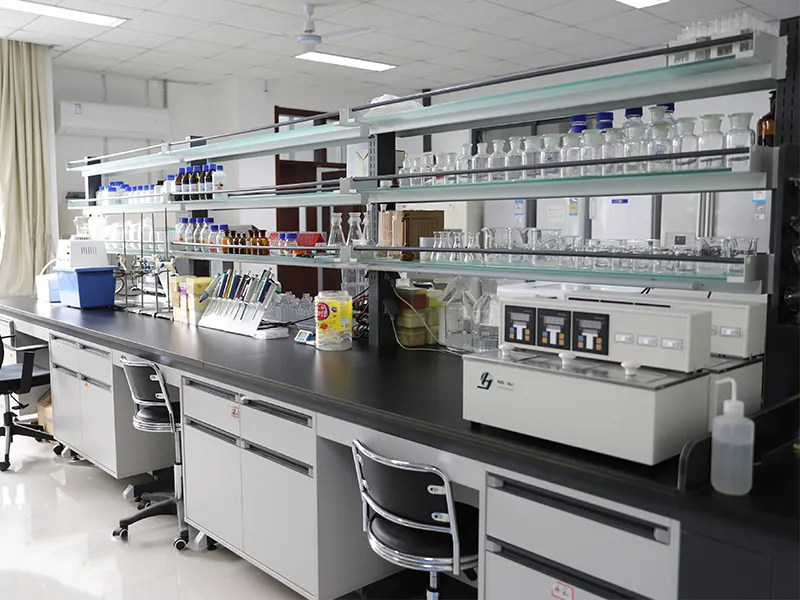
– Core use of glyoxylic acid in the pharmaceutical field: Introduction to the key role of acetaldehyde in antibiotics, cardiovascular drugs, and skin repair drugs, with case studies and data to illustrate.
– Innovative applications in the personal care fragrance sector: Analyzing the dual value of acetaldehyde as both a fragrance synthesis raw material and a cosmetic active ingredient, with specific examples of fragrance types and their functions.
– Multifunctional role in the industrial sector: Outlining the diverse applications of acetaldehyde in pesticides, electronics, and the food industry, including technical principles and market data.
>Glyoxylic acid, a versatile chemical raw material with unique aldehyde and carboxyl group properties, is emerging as a key synthetic intermediate in industries such as pharmaceuticals, fragrances, and electronics, with global market growth exceeding 6% annually.
In pharmaceutical laboratories, researchers add acetaldehyde acid solutions to reaction vessels to synthesize key raw materials for antibiotics; in fragrance factories, acetaldehyde acid undergoes precise chemical reactions to convert into vanillin, imparting appealing scents to food and cosmetics; in semiconductor cleanrooms, acetaldehyde acid-containing plating solutions are used to fabricate precision circuits for chips…
As an organic synthetic intermediate with dual chemical properties of both aldehyde and acid, glycolic acid finds applications across numerous sectors of modern industry. This white crystalline or pale yellow liquid compound, with the molecular formula C₂H₂O₃, is playing an increasingly vital role in the global supply chain.
Use of glyoxylic acid-Core raw materials in the pharmaceutical industry
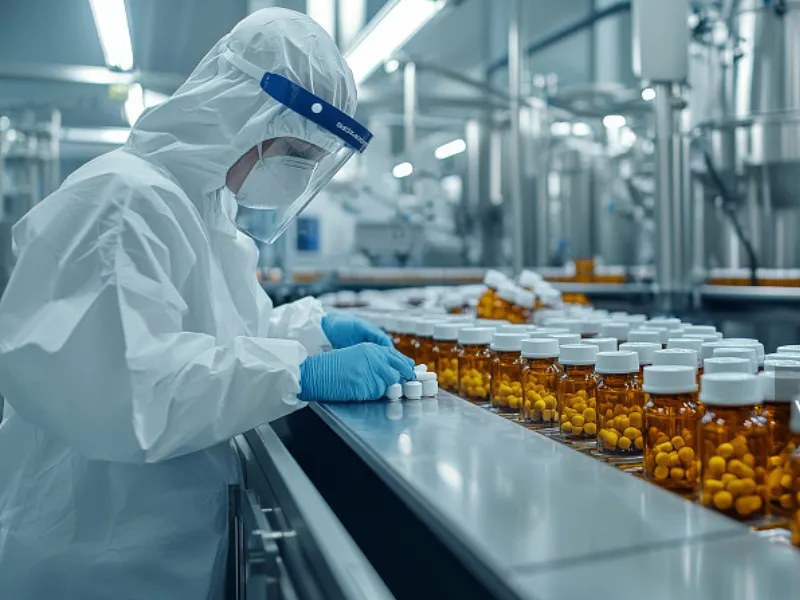
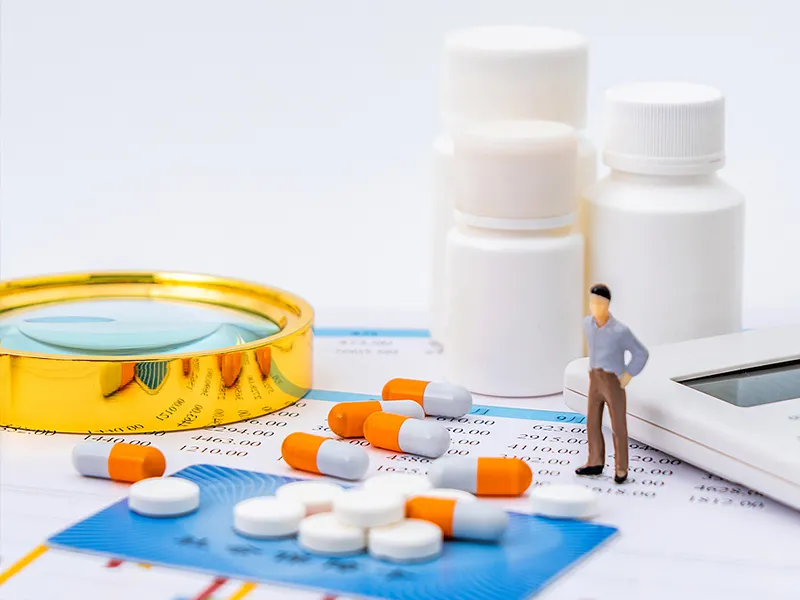
Glyoxal is irreplaceable in the pharmaceutical industry. It is a core intermediate in the synthesis of oral penicillin, the broad-spectrum antibiotic amoxicillin, and the antihypertensive drug atenolol.
In the pharmaceutical supply chain, glyoxylic acid undergoes precise chemical reactions to convert into high-value-added pharmaceutical intermediates such as p-hydroxyphenylglycine and p-hydroxyphenylacetamide. These intermediates ultimately become critical drugs for treating diseases and saving lives.
“Currently, the fragrance and pharmaceutical industries account for a significant proportion of the company’s downstream customers for glyoxylic acid,” Guolin Technology stated on its investor interaction platform. This reflects the strong demand for acetic acid in the pharmaceutical industry.
Acetic acid also plays a prominent role in skin repair. When condensed with urea, it forms allantoin, a “natural healing agent” for skin injuries. Allantoin promotes cell proliferation and repair, making it an essential additive in many high-end cosmetics and skin ointments.
With the global population aging and health awareness increasing, the market for pharmaceutical-grade glyoxylic acid continues to expand. China’s “Healthy China 2030” strategy has further propelled the pharmaceutical intermediates industry into a period of rapid development.
Use of glyoxylic acid-The “Source of Fragrance” in the Personal Care Fragrance Industry
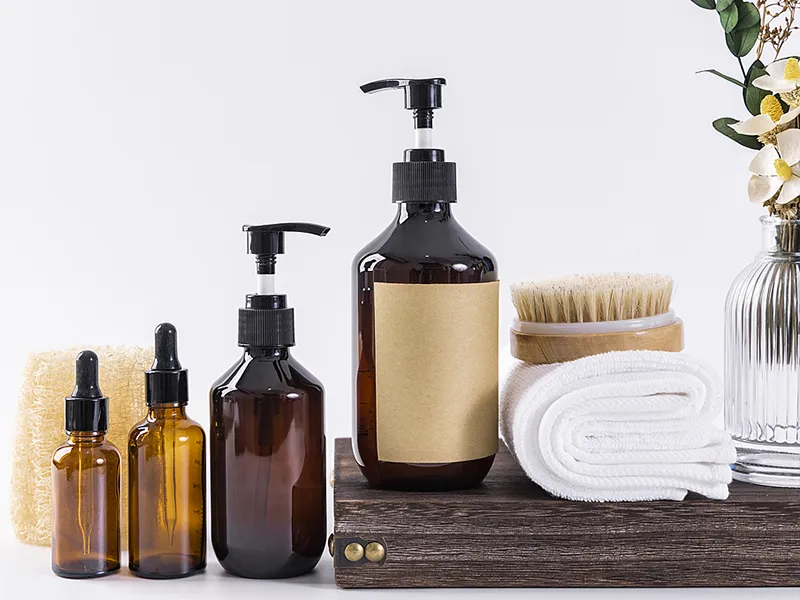
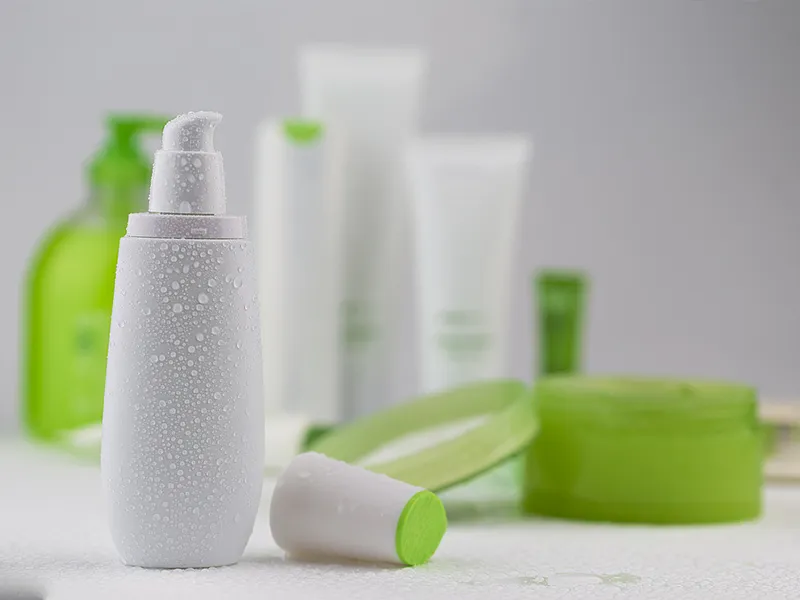
Walk into any perfume store or cosmetics counter, and you may have unknowingly come into contact with the “work” of acetaldehyde. Acetaldehyde is the basic raw material for synthesizing vanillin, ethyl vanillin, and other broad-spectrum fragrances.
These fragrances are widely used in food flavoring, cosmetics fragrance formulation, and household chemical fragrances, imparting an alluring aroma to products. From desserts to shampoo, from perfumes to detergents, fragrances derived from acetaldehyde are everywhere.
Acetaldehyde’s antioxidant properties make it shine in the cosmetics industry. Research has confirmed that acetaldehyde is a powerful free radical scavenger, effectively protecting skin cell membranes from oxidative damage.
“The antioxidant properties of glycolic acid can protect the skin from free radical damage, reduce oxidative aging of the skin, and thus provide whitening, anti-wrinkle, and moisturizing effects,” industry experts pointed out at a chemical forum.
In personal care products, glycolic acid also plays a key role as a neutralizing agent. Its application is increasingly widespread in straightening product lines, such as shampoos, conditioners, and styling lotions.
With the growth of the middle class and the upgrading of personal care needs in the Asia-Pacific region, the demand for high-quality glycolic acid in the cosmetics industry is increasing year by year. The Indian personal care market is expected to reach a scale of US$17.34 billion by 2026, creating a vast market space for glycolic acid.
Use of glyoxylic acid-A “multi-functional player” in the industrial field
| Use of glyoxylic acid-Application Areas | Main Uses | Representative Products | Technical Advantages |
| Pesticide Manufacturing | Herbicide and insecticide synthesis | Glyphosate, Dimethoate | High-efficiency, low-toxicity intermediates |
| Electronics Industry | Chemical copper plating reducing agent | Semiconductor chip circuits | Replaces formaldehyde, environmentally friendly and pollution-free |
| Food Industry | Food Flavorings | Food Additives | Natural Sources for Greater Safety |
| Water Treatment | Water Quality Stabilizers | Industrial Circulating Water Systems | Preventing Corrosion and Scaling |
Use of glyoxylic acid
In the agricultural field, acetaldehyde is a key intermediate in the production of highly effective pesticides such as glyphosate and dichlorvos. With the increasing demand for global food security and the intensive development of agriculture, the market prospects for pesticide-grade acetaldehyde are promising.
In the electronics industry, acetaldehyde is replacing formaldehyde as an environmentally friendly chemical copper plating reducing agent. This technological breakthrough addresses environmental challenges in semiconductor manufacturing.
“Chemical copper plating has been achieved on difficult-to-plate materials such as industrial-grade aluminum sheets, industrial-grade titanium sheets, and silicon wafers with TiN as a diffusion protection layer,” reported a research team from Fuzhou University in the Journal of Nonferrous Metals.
This technology can form a 50-nanometer-level fine copper plating layer on silicon wafers, opening up new pathways for copper metallization processes in semiconductor devices. As the global semiconductor industry shifts toward China, demand for electronic-grade acetaldehyde continues to grow.
Additionally, acetaldehyde is used as a food flavoring agent in the food industry and as a raw material for varnish and a water quality stabilizer in chemical production, demonstrating its diverse application value.

